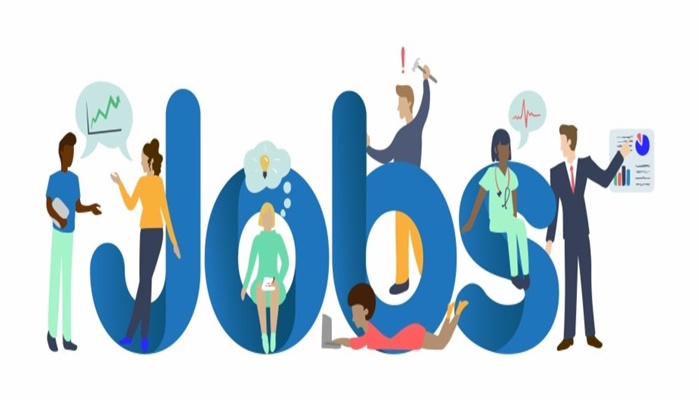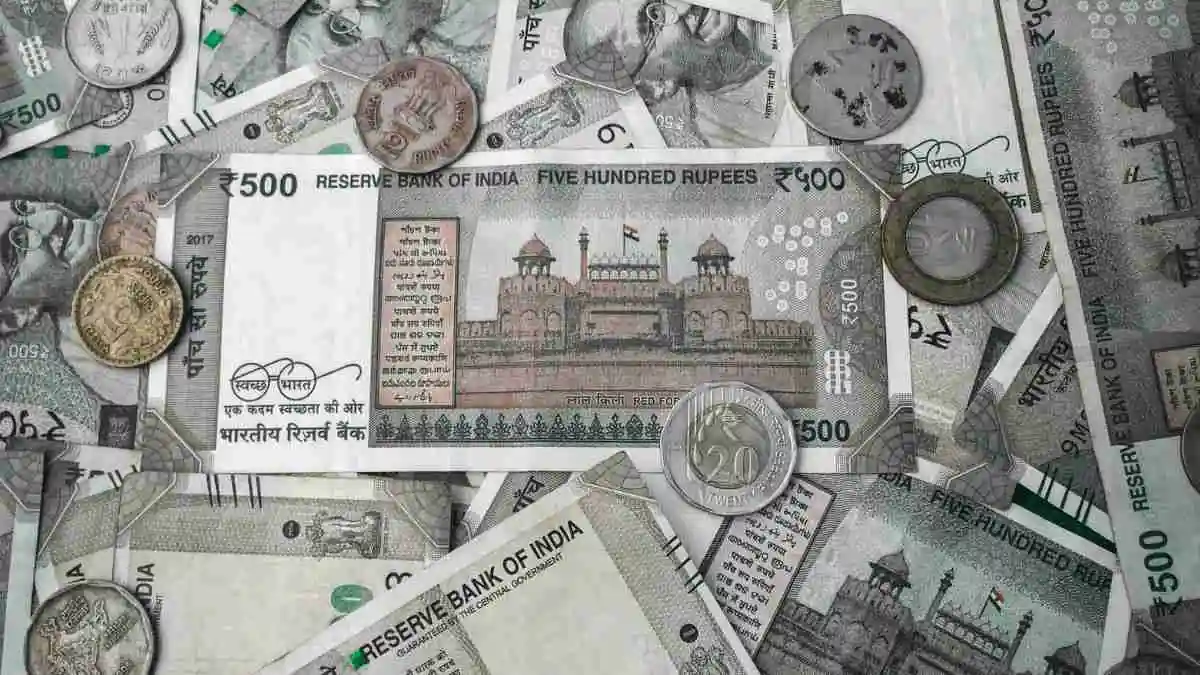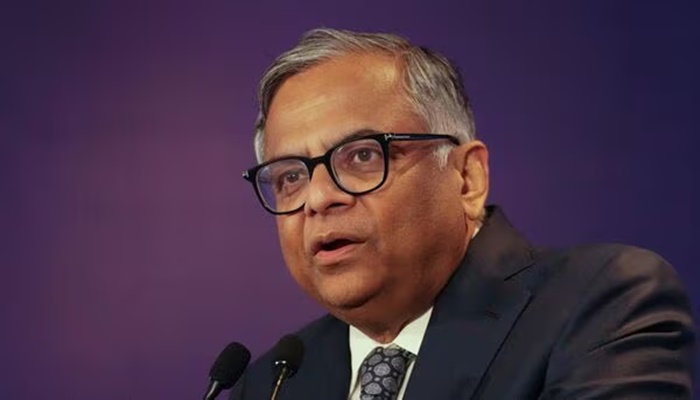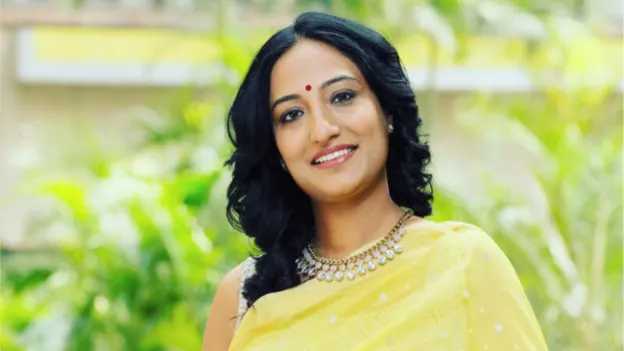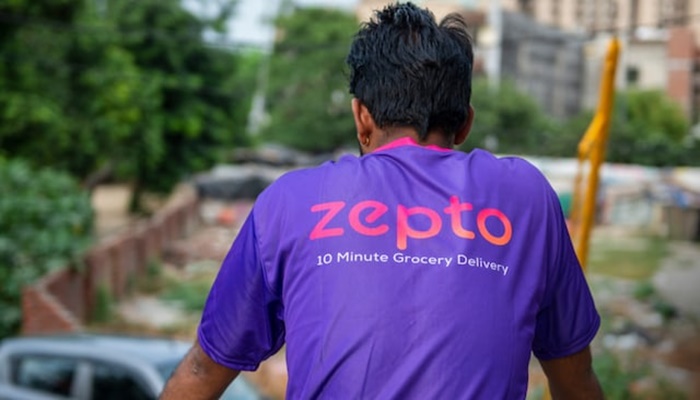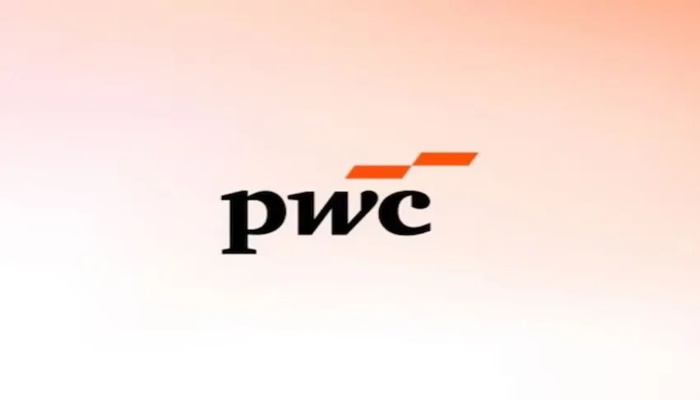Ask three economists what upper-middle class means in India and you will get at least four answers. The label is slippery because income surveys, tax returns and global poverty lines all slice the same reality from different angles. Yet the question matters: it informs consumer-brand strategy, shapes political rhetoric and frames personal aspirations for hundreds of millions now climbing the income ladder. To pin the concept down, this article walks through the two most widely used measurement frameworks, converts them into rupees you can relate to, cross-checks them against fresh tax and cost-of-living data, and finally offers a single, defensible income band you can cite without blushing.
Why definitions diverge
Globally, multilateral agencies tend to define class by purchasing-power-parity (PPP) dollars per person per day—apples-to-apples across countries. By contrast, Indian think-tanks speak in current-price household rupees, matching what families actually earn and spend. Each lens answers a different question:
- PPP tiers tell you how well Indian households would live if they magically teleported to a dollar-priced economy.
- Domestic rupee tiers explain who can afford which lifestyle inside India, where rents, school fees and street food are priced locally.
To understand “upper-middle class” you need both. First, the global yard-stick from the Pew Research Center ➔ then the India-specific tiers from PRICE’s ICE 360° household survey (PDF). Let’s unpack each framework in turn.
Framework #1 – The global PPP yard-stick
Pew adopts the World Bank’s income brackets expressed in 2011 international dollars. On this scale an adult enters the upper-middle class at $20.01 PPP per day and exits at $50, after which the label tilts to “high income.” The World Bank’s latest PPP conversion factor for India (private consumption, 2023) is ₹19.52 per international $ (World Bank data).
Per-capita upper-middle income in PPP terms
$20 × ₹19.52 ≈ ₹410/day → ₹12 200/month → ₹1.49 lakh/year
$50 × ₹19.52 ≈ ₹1 020/day → ₹30 600/month → ₹3.72 lakh/year
Multiply those figures by four (a typical household headcount) and the global upper-middle band starts around ₹6 lakh and runs to roughly ₹15 lakh in annual household income. That sounds low to metro Indians, but remember PPP inflates domestic rupees because many essentials are cheaper here than in dollar economies.
Framework #2 – PRICE/ICE 360° “Strivers” band
People Research on India’s Consumer Economy (PRICE) conducts one of the most respected household surveys in the country. Its ICE 360° wave-3 release (2021) carves India into eight income bands. The relevant rungs (executive summary PDF) are:
| Band | Annual household income (2021 prices) |
|---|---|
| Seekers (core middle) | ₹5 lakh – ₹15 lakh |
| Strivers (upper-middle) | ₹15 lakh – ₹30 lakh |
| Rich | > ₹30 lakh |
PRICE’s cut-offs sit much higher than the PPP numbers because they are nominal rupees that households actually report. They also align with consumer-goods ownership. In 2020-21, three in ten “Striver” families owned a passenger car, versus fewer than one in ten “Seekers,” signalling a step-change in discretionary spending [ibid].
From data to reality – cross-checks
1. National income benchmark
The National Statistical Office pegs India’s per-capita net national income at ₹1.89 lakh for 2023-24 NSO press note, Feb 2025. A family of four on ₹15 lakh is thus earning well over twice the mean living standard, comfortably “upper-middle” in relative terms.
2. Tax-return percentiles
Individual tax-filers reporting gross total income above ₹12 lakh already sit in India’s top 10 % by income Income-tax statistics AY 2023-24 PDF. Convert that to household totals and the PRICE upper-middle floor of ₹15 lakh maps neatly to the 90th percentile cutoff.
3. Big-city cost of living
Metro India is costlier than the all-India basket. Mercer’s 2024 Cost-of-Living Index still places Mumbai 136th globally—and India’s most expensive city—while Delhi ranks 165th Economic Times report. Consumer-finance planners typically peg a comfortable “upper-middle” lifestyle for a four-person Mumbai family at ₹25–30 lakh after tax when you factor in a three-bed rental, private schooling and a single car loan. That figure lands inside the PRICE Striver band’s upper half, validating the survey thresholds.
Putting the numbers together
After triangulating the two frameworks and the cross-checks, we can draw a clean map:
| Lens | Upper-middle class household income (current rupees) |
|---|---|
| Global PPP yard-stick (Pew) | ≈ ₹6 lakh – ₹15 lakh |
| PRICE ICE 360° “Strivers” | ₹15 lakh – ₹30 lakh |
| Metro cost-of-living reality check | ≈ ₹25 lakh – ₹30 lakh+ |
So which figure should you quote? If you need a defensible, policymaker-grade answer, the PRICE survey’s ₹15–30 lakh band is the sweet spot. It is:
- Grounded in the largest post-pandemic household survey covering both rural and urban India.
- Broad enough to capture the top two urban quintiles but narrow enough to exclude the truly wealthy.
- Verified by tax data and big-city cost benchmarks.
Treat the lower end (~₹15 lakh) as the national threshold and the upper end (~₹30 lakh) as the metro rule-of-thumb. In smaller towns you can live an upper-middle lifestyle on ₹18 lakh; in Mumbai you will want closer to ₹28 lakh.
Why the definition keeps drifting upward
One reason the bar for “upper-middle” rises every year is simple arithmetic. Real household consumption has grown 8-10 % annually over the past decade even after COVID dips; inflation in services—education, healthcare, hospitality—has grown faster still. Meanwhile, aspirations inflate faster than CPI: riding business-class on Vistara is not a need, but it rapidly turns into one once neighbours post it on Instagram.
The income ladder is also lengthening at the top. Price’s data show the number of “Striver” households jumped from 11 million in 2015-16 to 18 million in 2020-21, while the “Rich” nearly doubled. More families crowd the ₹15–30 lakh zone, so advertisers, universities and even political strategists subtly shift the label upward to keep it exclusive—exactly how luxury brands stretch “premium” pricing every few seasons.
Beyond income: other signals of upper-middle class status
Sociologists warn that class is more than a payslip. In urban India the following markers often accompany the ₹15+ lakh income:
- Private English-medium schooling or international boards for children.
- Housing in gated communities with 24 × 7 security.
- At least one passenger car less than five years old.
- Medical insurance cover of ₹5 lakh or higher.
- Foreign leisure travel once every two years.
- Ability to maintain two digital subscriptions per adult (think Netflix and Spotify).
Each of these moves from aspiration to baseline once households cross the ₹20 lakh mark in metros, reinforcing why many families feel only “solidly middle” even with incomes that statistical agencies consider upper-middle.
Takeaways for readers, marketers and policymakers
- If you are a household crunching your own finances: expect your budget to feel upper-middle once post-tax income approaches ₹20 lakh outside tier-one cities or ₹25–30 lakh inside them. Anything below that and housing costs will keep you looking over your shoulder.
- If you are a brand manager: the PRICE Striver band represents about 7 % of Indian households today—roughly 18 million families with disproportionate spending power on cars, white goods and credit cards. Target products with EMI structures that fall just under ₹20 000 per month; that EMI threshold psychologically separates “middle” from “upper-middle.”
- If you draft policy or media narratives: remember that PPP-based global comparisons understate what Indians need to feel comfortable at home. Quoting ₹6 lakh as an upper-middle threshold may be technically correct but socially tone-deaf.
The bottom line
India’s income spectrum is widening faster than it is shifting upward, making class labels fuzzy at the edges. Yet a robust, evidence-based answer is possible. By knitting together Pew’s PPP yard-stick, PRICE’s household survey, NSO macro tables, income-tax percentiles and real-world metro costs, a clear band emerges:
Earn that much, manage debt sensibly and you unlock the lifestyle trappings—own home, private schooling, a compact SUV—that Indians instinctively file under upper-middle class. Fall below and you are still solidly middle; leap above and you join the league of the affluent. The bracket will move again next year, but for now, that is the line in the sand.
Source – https://dmnews.com/jus-how-much-you-have-to-make-to-be-considered-upper-middle-class-in-india/



